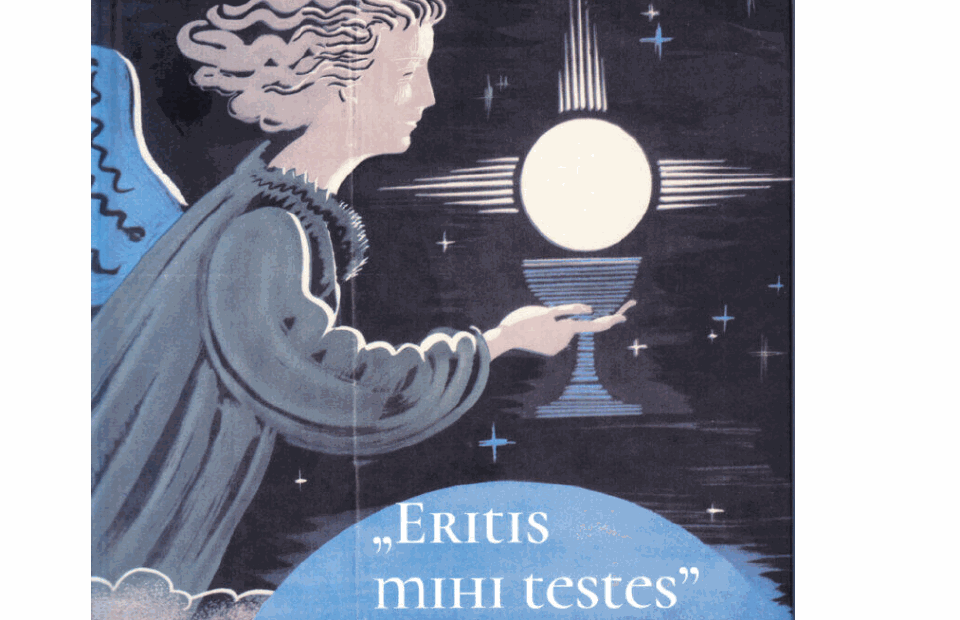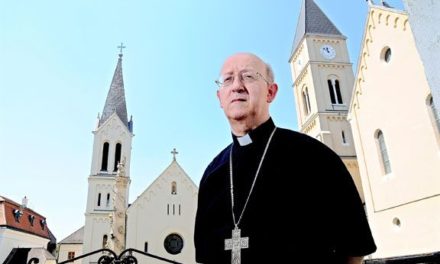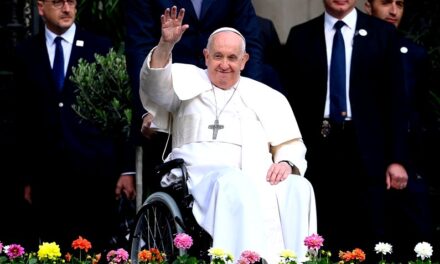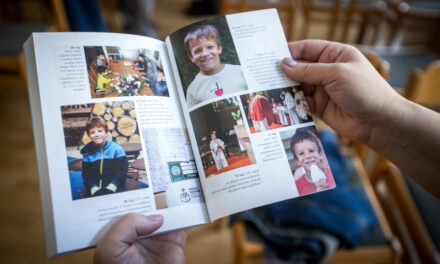The bilingual study volume "Eritis mihi testes" - Audio recordings of the 1938 International Eucharistic Congress in Budapest, published by the National Széchényi Library (OSZK), was recently nominated for a prestigious international award. Ferenc János Szabó, a staff member of the Institute of Musicology of the Eötvös Loránd Research Network's Humanities Research Center, spoke to Vasárnap.hu about the significance of the nomination, the cultural value and processing of the collection, who also participated in the compilation of the volume's content and audio.
- The International Eucharistic Congress in Budapest gave the go-ahead for the archival audio documents of the previous world event in 1938 to be made available to the public. Did the possibility of processing that huge material never arise before?
"Partly it arose, partly not." The background of the research is, on the one hand, the enormous growth of the phonogram and sound recording collection of the National Széchényi Library in the years 2000-2010. At that time, private and other collections were added to the library - partly by purchase, partly by gift - which also include audio recordings of the 1938 congress. In fact, these archive recordings are a huge cultural treasure. On the other hand, of course, the Eucharistic congress originally planned for 2020 inspired the research. We also planned to publish the volume at that time, but just like the congress, the publication was delayed by a year. At the same time, the profession was already aware of these audio recordings. Although not all recordings were known back in the 90s, some of the recordings made on gramophone records, on which the folk songs included in the official song list of the congress can be heard, were released on cassette.
– As can be read in the description of the publication, the 34th World Eucharistic Congress held in 1938 proved to be an outstanding event not only in the Hungarian ecclesiastical and cultural history of the 20th century, but also in the history of Hungarian sound recordings. What was this opportunity?
- In terms of Hungary's history between the two world wars, this was the biggest international event.
So, in addition to the outstanding church history event, it was also a diplomatic event. From the point of view of the recording history, it is exciting because the high-ranking congress was preceded by serious preparations. Within the committee preparing the event, for example, a separate speaker subcommittee was created to ensure, on the one hand, that the technical conditions for on-site radio broadcasts are met, and, on the other hand, that the sound system works well for outdoor programs. In fact, this event was the first serious test of strength that had to be solved in the history of Hungarian sound recording and radio broadcasting.
It can also be said that all the technical media of the era were represented at this event. Magyar Filmhírádó recorded several programs, and Magyar Rádió broadcast the events of the congress in a very wide time slot. From these, István Makai, one of the most important phono amateurs of the era, recorded half an hour's worth of material in his own studio; or we can also mention the recordings made on the radio, which were later stored by the Magyar Rádió in its own sound museum and released on gramophone records.
the entire article from Vasarnap.hu here
Author: Alexandra Tóth
Image: OSZK













